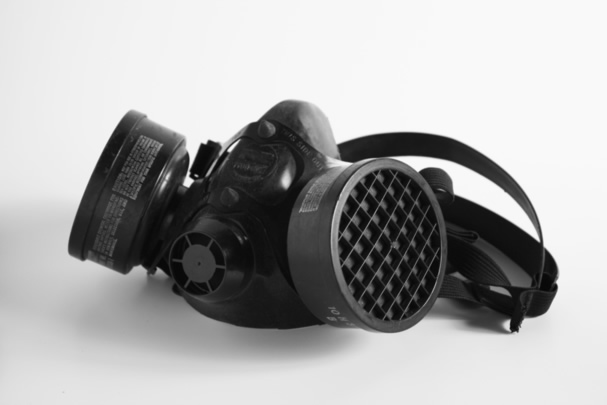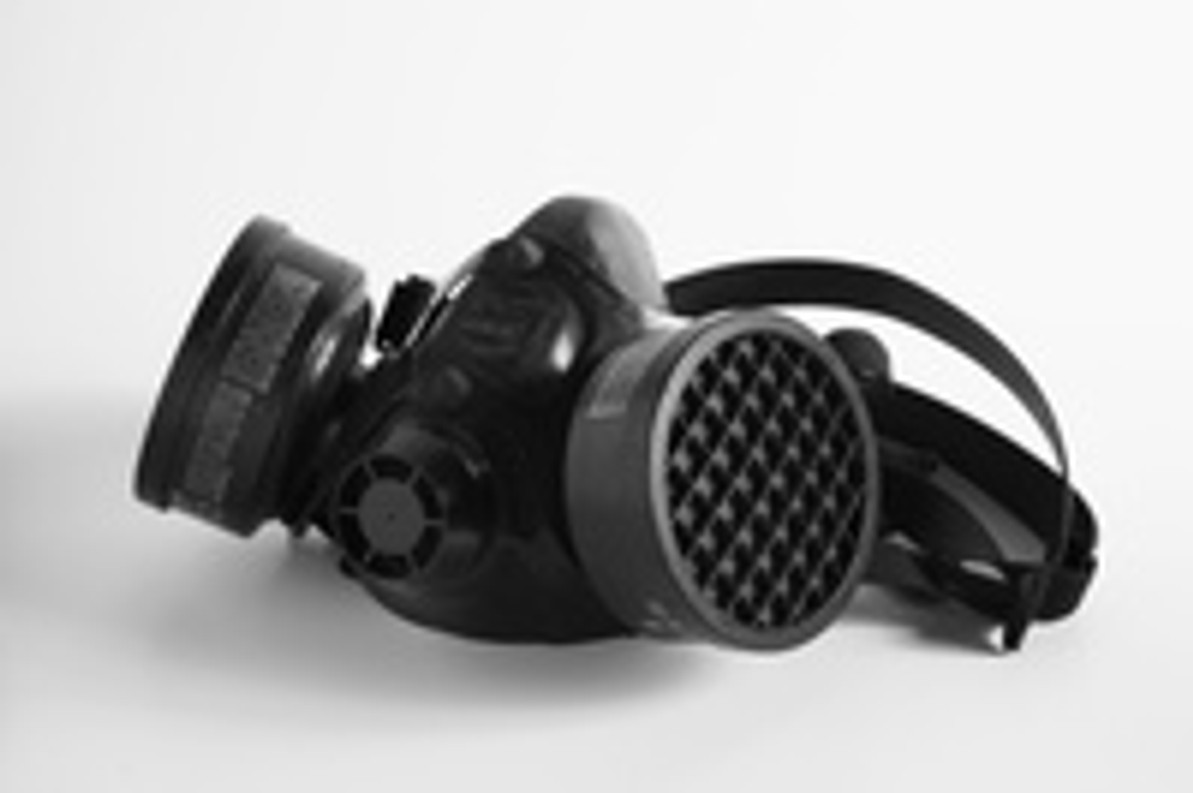How Respirators Are Used In The Workplace

Respirators are used by thousands of workers in environments where airborne toxins and/or harmful substances are present. The Occupational Safety and Health Administration (OSHA) states that workers must wear a compatible respirator when pollutant levels are higher than the "suitable" limit. And as with all forms of personal protective equipment (PPE), it's the employer's moral and legal responsibility to provide workers with these respirators.
According to OSHA, nearly 5 million U.S. workers work in industries/sectors that require the use of a respirator. While these devices may seem small and insignificant, they can prove vital in preventing disease, illness and other health complications. Respirators are designed to block out potentially harmful substances such as mold, bacteria, chemical fumes, vapor, toxic gas, and dust-sized particles. Workers who fail to wear respirators when working in environments where these elements are present are at risk for respirator infection, disease, and even death in extreme cases.
How Does a Respirator Work?
While each and every respirator is different, most are designed to perform one or two primary functions: the first function is to remove airborne pollutants and impurities using a filer (e.g. a carbon-activated filter). Breathing in through a respirator forces air through the filter before it reaches the worker's lungs. Assuming the filter is clean and function, it should filter out most, if not all, of the impurities in the air. The second function is to provide the worker with fresh oxygen from an outside source (e.g. an oxygen tank). These respirators are more commonly used by firefighters and scuba divers.
Particle Respirator or Powered Air-Purifying Respirator
There are two types of respirators: particle and powered air-purifying. Particle respirators, as their name suggests, are strictly designed to filter impurities from the air. They cost less to manufacture, are easier to use, and are the preferred choice by most workers. The second type of respirator, air-purifying, contains a powered fan which exerts fresh air into the face mask, allowing the wearer to breath fresh air. The only downside to wearing a powered air-purifying respirator is that it requires a battery to operate; if the battery goes dead, the worker may not be able to breath.
Tips on Choosing The Right Respirator
- Familiarize yourself with nine classes of respirators and their respective function.
- Check to see what material the respirator is made of.
- Does the respirator require any special training?
- Is the respirator suitable for your application and needs?
Recent Posts
-
Fire Safety in the Workplace: What You Need to Know
What steps are you taking to prevent fires in your workplace? According to the U.S. Occupational Saf …Aug 23rd 2023 -
Is It Safe to Go Jogging With a Cold Infection?
If you're suffering from a cold infection, you might be wondering whether it's safe to go jogging. T …Aug 22nd 2023 -
5 Safety Tips to Follow When Using a Powder-Actuated Tool
Powder-actuated tools are commonly used to join materials to steel and concrete. Also known as Hilti …Aug 20th 2023




